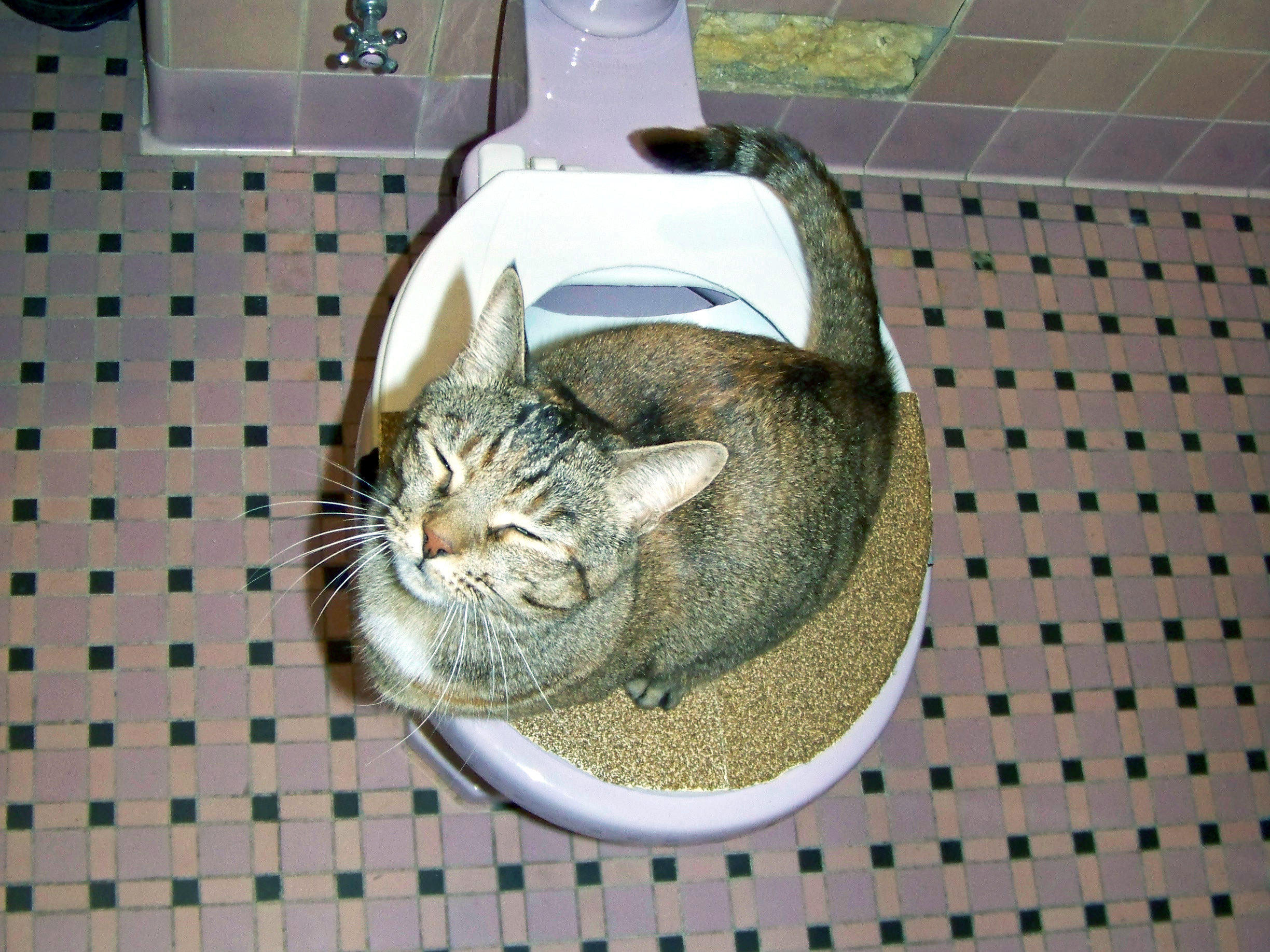The content following next involving How to Dispose of Cat Poop and Litter Without Plastic Bags is pretty much engaging. You should see for yourself.

Intro
As pet cat owners, it's essential to be mindful of just how we take care of our feline good friends' waste. While it might appear convenient to flush feline poop down the commode, this technique can have detrimental repercussions for both the setting and human health.
Environmental Impact
Purging feline poop introduces harmful pathogens and parasites right into the supply of water, posing a substantial risk to marine communities. These impurities can adversely affect aquatic life and compromise water top quality.
Health Risks
In addition to ecological worries, purging feline waste can likewise posture health dangers to people. Feline feces might contain Toxoplasma gondii, a parasite that can cause toxoplasmosis-- a potentially severe ailment, specifically for expectant ladies and individuals with damaged body immune systems.
Alternatives to Flushing
Luckily, there are more secure and a lot more responsible means to get rid of cat poop. Consider the adhering to options:
1. Scoop and Dispose in Trash
One of the most typical method of throwing away feline poop is to scoop it into a naturally degradable bag and throw it in the garbage. Be sure to utilize a specialized litter scoop and take care of the waste quickly.
2. Usage Biodegradable Litter
Go with eco-friendly feline litter made from materials such as corn or wheat. These litters are environmentally friendly and can be safely thrown away in the trash.
3. Bury in the Yard
If you have a yard, take into consideration burying cat waste in a marked location far from veggie yards and water resources. Make sure to dig deep sufficient to avoid contamination of groundwater.
4. Install a Pet Waste Disposal System
Buy a pet dog garbage disposal system particularly designed for pet cat waste. These systems utilize enzymes to break down the waste, reducing smell and environmental influence.
Conclusion
Liable animal possession extends past providing food and sanctuary-- it likewise includes proper waste monitoring. By refraining from flushing pet cat poop down the toilet and selecting alternative disposal methods, we can lessen our ecological impact and protect human health and wellness.
Why Can’t I Flush Cat Poop?
It Spreads a Parasite
Cats are frequently infected with a parasite called toxoplasma gondii. The parasite causes an infection called toxoplasmosis. It is usually harmless to cats. The parasite only uses cat poop as a host for its eggs. Otherwise, the cat’s immune system usually keeps the infection at low enough levels to maintain its own health. But it does not stop the develop of eggs. These eggs are tiny and surprisingly tough. They may survive for a year before they begin to grow. But that’s the problem.
Our wastewater system is not designed to deal with toxoplasmosis eggs. Instead, most eggs will flush from your toilet into sewers and wastewater management plants. After the sewage is treated for many other harmful things in it, it is typically released into local rivers, lakes, or oceans. Here, the toxoplasmosis eggs can find new hosts, including starfish, crabs, otters, and many other wildlife. For many, this is a significant risk to their health. Toxoplasmosis can also end up infecting water sources that are important for agriculture, which means our deer, pigs, and sheep can get infected too.
Is There Risk to Humans?
There can be a risk to human life from flushing cat poop down the toilet. If you do so, the parasites from your cat’s poop can end up in shellfish, game animals, or livestock. If this meat is then served raw or undercooked, the people who eat it can get sick.
In fact, according to the CDC, 40 million people in the United States are infected with toxoplasma gondii. They get it from exposure to infected seafood, or from some kind of cat poop contamination, like drinking from a stream that is contaminated or touching anything that has come into contact with cat poop. That includes just cleaning a cat litter box.
Most people who get infected with these parasites will not develop any symptoms. However, for pregnant women or for those with compromised immune systems, the parasite can cause severe health problems.
How to Handle Cat Poop
The best way to handle cat poop is actually to clean the box more often. The eggs that the parasite sheds will not become active until one to five days after the cat poops. That means that if you clean daily, you’re much less likely to come into direct contact with infectious eggs.
That said, always dispose of cat poop in the garbage and not down the toilet. Wash your hands before and after you clean the litter box, and bring the bag of poop right outside to your garbage bins.
https://trenchlesssolutionsusa.com/why-cant-i-flush-cat-poop/

I found that page about How to Dispose of Cat Poop and Litter Without Plastic Bags when doing a search on the search engines. Do you know someone else who is fascinated about the topic? Feel free to share it. Thanks a lot for your time. Come back soon.
Click Here